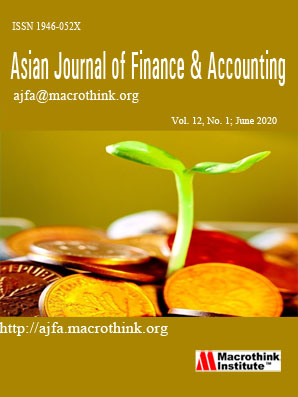Changing Bank Income Structure: Evidence from Large UK Banks?
Abstract
The UK banking industry has steadily moved from the traditional role of financial intermediation and is increasingly relying on non-traditional business activities that generate fee income, dealings profit and other types of noninterest income. Using the dataset of large British Banks for the period 1986-2012, this study investigates the changes in the bank income structure as a result of the 1986 deregulation and tease out the effect that these changes have had in relation to systemic risk. On a micro analysis, larger banks are more able to sustain high levels of noninterest income. Among the banks Lloyds and HSBC stand out as the major players in noninterest income generation. At aggregate level while interest income reflects a stable trend, we find a significant upward but slightly volatile trend in noninterest income for the period 1999-2008 before a sharp downturn induced by the financial crisis. This paper argues that in terms of financial stability, the banks’ greater reliance on noninterest income particularly commission income is associated with higher systemic risk. This study has shown that there is a positive correlation between interest income and non-interest income for the five banks.
Submission of an article implies that the work described has not been published previously (except in the form of an abstract or as part of a published lecture or academic thesis), that it is not under consideration for publication elsewhere, that its publication is approved by all authors and tacitly or explicitly by the responsible authorities where the work was carried out, and that, if accepted, will not be published elsewhere in the same form, in English or in any other language, without the written consent of the Publisher. The Editors reserve the right to edit or otherwise alter all contributions, but authors will receive proofs for approval before publication.
Copyrights for articles published in MTI journals are retained by the authors, with first publication rights granted to the journal. The journal/publisher is not responsible for subsequent uses of the work. It is the author's responsibility to bring an infringement action if so desired by the author.








